Want to contribute to this article?
"On-trend." "Ahead of the curve." "Industry-leading."
No matter what you call it, every business wants to embrace the future and innovate faster than its competitors.
Industry 4.0 is a huge part of this drive, pushing businesses towards a wireless, interconnected 'Internet of Things' with streamlined automation and digital action control.
But if quality management is the ultimate competitive weapon - and we think it is - then 'Quality 4.0' will become the defining feature of business growth in this century and the most critical component of Industry 4.0.
We've pinpointed the 4 key characteristics that will be vital for the modern quality management system as we move into the 'fourth industrial revolution'.
So what's Quality 4.0 all about? And how will Industry 4.0 technology affect quality? Let's take a look.
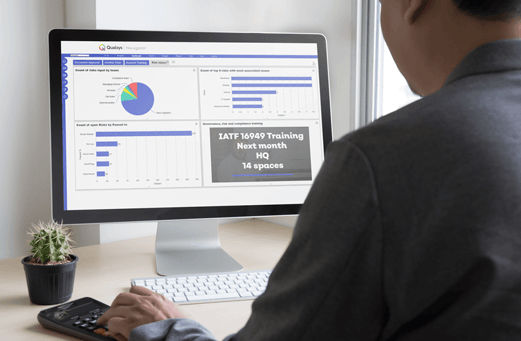
Feature #1: Digital SOPs
How do quality teams and business leaders ensure workers are following processes and procedures with total accuracy and consistency?
Well, let's be totally honest first. You can't.
Despite all the hype you'll hear around Industry 4.0 and images of futuristic factories with perfect zero-defect processes, it's important not to get carried away just yet.
There will always be mistakes and errors where humans are involved - the trick for Quality 4.0 is to bring them down to the absolute minimum with simple, sticky processes that people know how to follow.
This is why digital standard operating procedures (SOPs) will become a vital part of Quality 4.0.
Forcing your staff to leaf through instruction tomes and pages of steps slows down work, damaging efficiency and making fatigue, boredom and errors more likely - particularly for more complex step-by-step processes.
Digital SOPs with embedded images and videos are becoming increasingly widespread, guiding staff through trickier procedures, reducing paper waste and - most importantly - acting as simple, central points of information that staff can access quickly and comfortably.
Cloud-based access through mobile devices and tablets means factory staff, on-the-road engineers and workers across different continents can now follow the same digitised SOPs simultaneously from anywhere.
And intelligent modular QMS software systems mean documents can be linked to specific process workflows, equipment or assets for holistic and interconnected navigation.
Simpler, joined-up processes, fewer errors and a single source of truth will be the driving force behind the modern QMS - and digitised SOPs are at the heart of the change.

Feature #2: Interactive training
More and more businesses are looking to innovate workforce management to attract and retain talent.
Flexitime, working from home and workplace events like company days out are all modern benefits designed to boost employee satisfaction, morale and retention.
But with self-led career progression ranking consistently highly in employee surveys, a modern QMS embracing Quality 4.0 needs to take into account how training and competence management reflect the desire for employees to track and interact with their own development pathways.
At the same time, training needs to be quick, effective and easily controlled and managed - particularly for industries with high staff turnover or seasonality, or for complex roles and tasks.
Electronic training management is an increasingly widespread response to this.
A central, digital training platform where employees can schedule, record and review their own training sessions liberates workforce development from a HR department spreadsheet and places it centre stage.
Senior management enjoy at-a-glance visibility of workforce strengths and training gaps.
Employees can track and control their own development by selecting available courses and reviewing sessions.
And quiz functionality proves competence for when the auditor comes knocking.
Electronic training ultimately means more control and visibility of how the workforce, and by extension the entire business, is developing and maturing.
With staff as the single most important resource, we can expect more and more businesses to innovate how they manage their training.
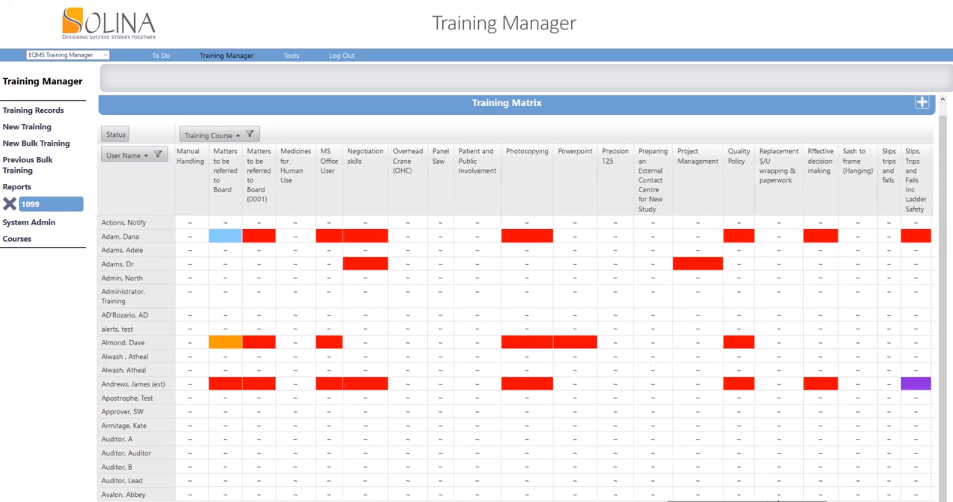
Feature #3: Big data
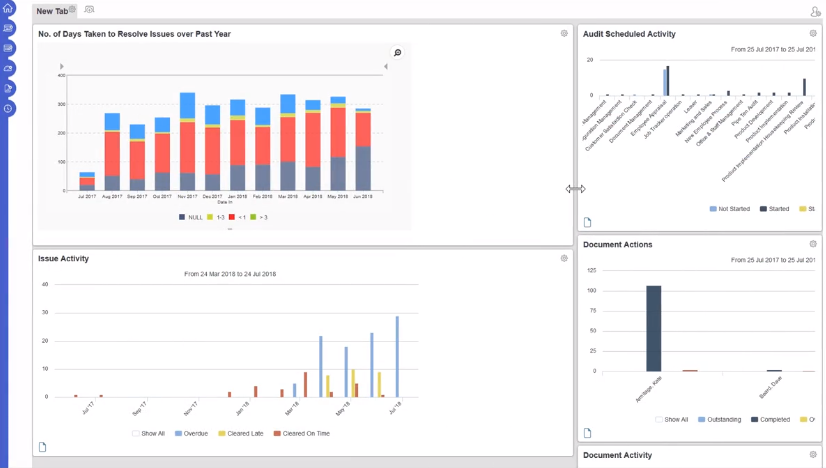
Quality management used to be reactive. And without comprehensive digital quality systems pulling and predicting information, that's all it could be.
Quality 4.0 is different. Quality teams can now implement and harness modular electronic quality systems that gather information from across the QMS, from document approval KPIs to audit findings over time and CAPA and issue resolution speeds.
Bespoke and customisable dashboards allow information streams to be configured and sliced however they're needed.
Pinpointing bottlenecks, analysing trends, tracing actions - these are all crucial advantages of big data and business intelligence, giving quality teams and business leaders unprecedented insights into how their systems and processes are working in real time.
And predictive functionality means better forward planning and more proactive, less reactive quality management - slicing the cost of poor quality and minimising defects.
Leveraging big data to make informed operational decisions will be a cornerstone of Quality 4.0.
Feature #4: The cloud
It's not difficult to see why quality leaders are so excited about one of the main features of Industry 4.0: the cloud.
Cloud-based systems are scalable and accessible from anywhere. That means faster and more widespread deployment, higher engagement levels and centralised, simplified application architectures with common UX and security features.
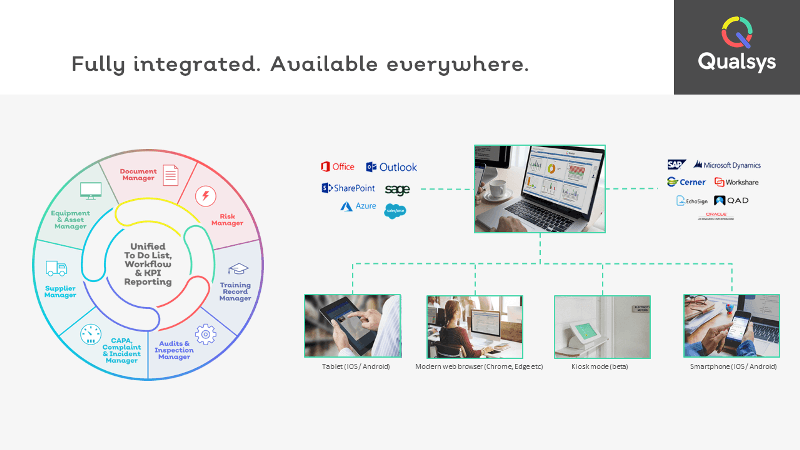
Quality 4.0 will hinge on the power of the cloud, as quality teams are able to quickly implement and scale up cloud-based quality applications for their organisations, standardising ways of work and pulling information from across the business - no matter the size.
Completing audits on a tablet and viewing the finished report on a laptop by the time they reach their desks.
Approving a new document version in New York in the morning, for use by a field engineering team in Amsterdam in the afternoon.
Logging an incident or near-miss on the factory floor, and pushing it into a quality engineer's to do list within 10 seconds.
These are already real possibilities of a cloud-based electronic quality system, providing faster, more agile, joined-up and forward-looking quality management - with all the wider business advantages that brings.
Industry 4.0 is only just beginning to change how businesses operate.
But its biggest impact won't be felt in faster assembly line speeds or more nimble automated machinery. It will be in the enhanced visibility, control and standardisation of Quality 4.0.
Quality teams can look forward to harnessing it as a powerful competitive edge for their organisations.
Next steps
Learn more about electronic quality management by accessing our free datasheets:





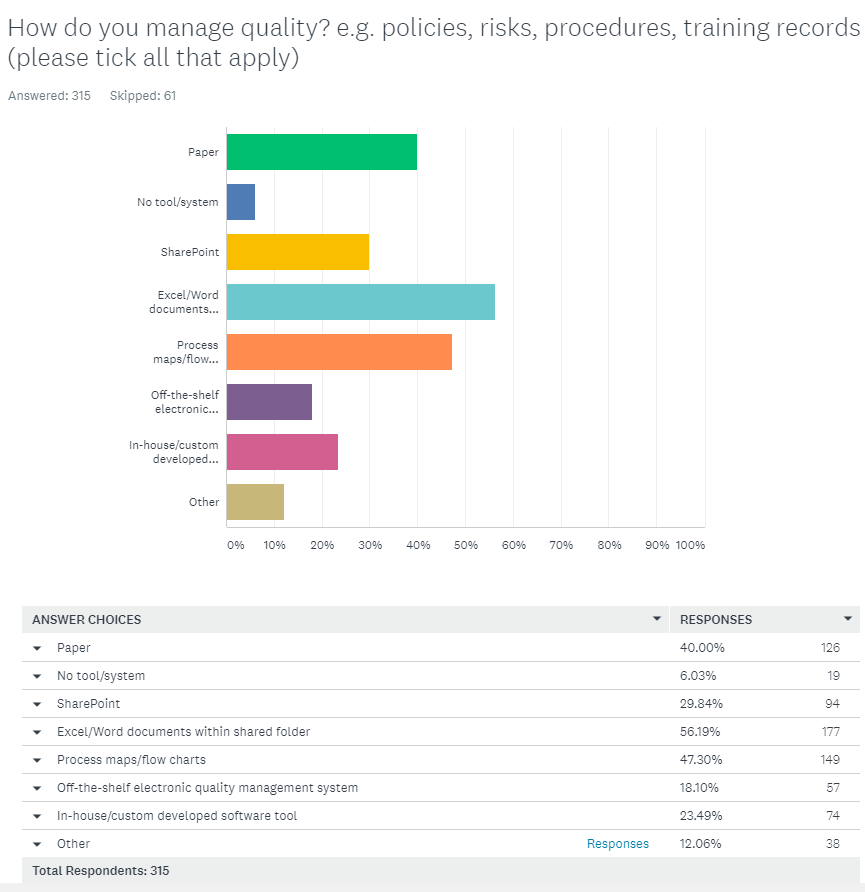

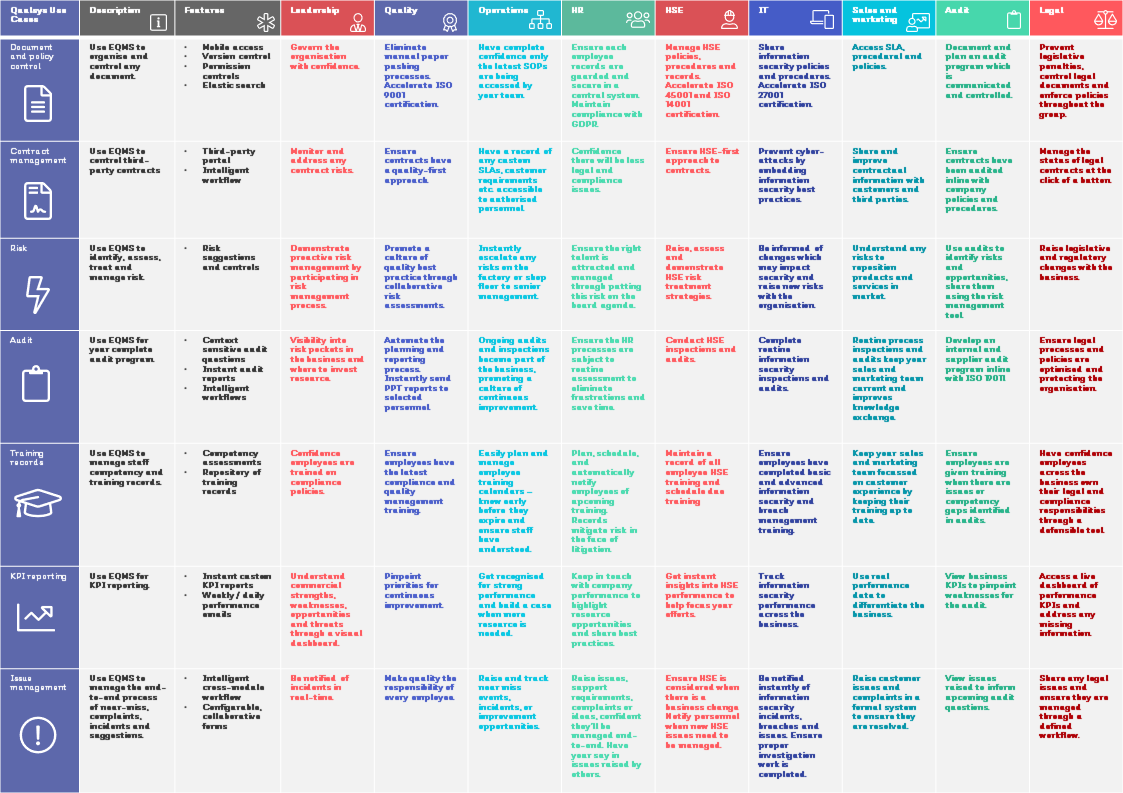

Share your thoughts on this article